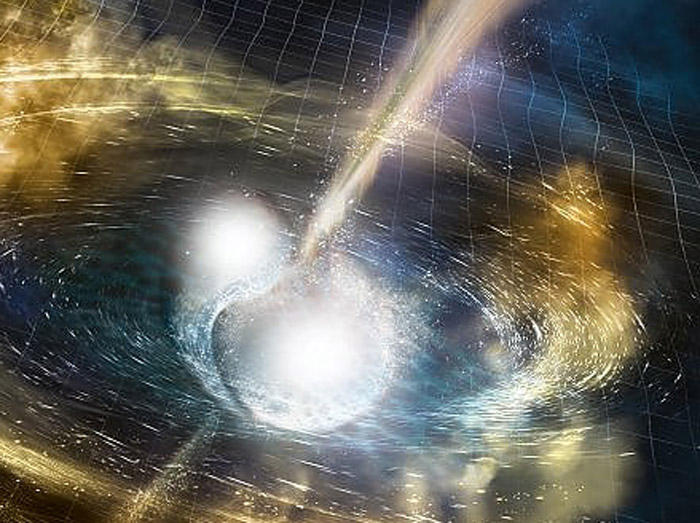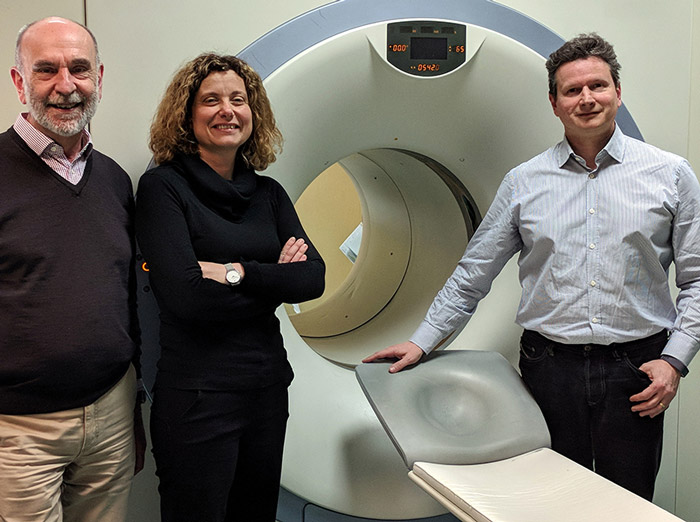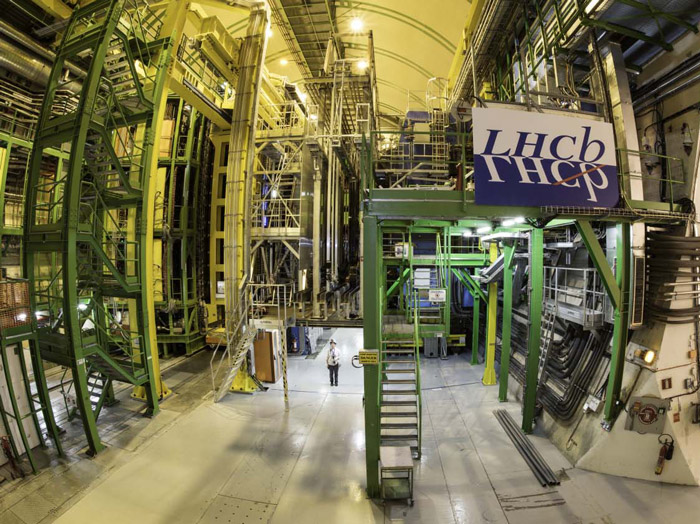The ERC Consolidator Grant is addressed to excellent researchers of any nationality and age, with at least seven and up to twelve years of post-PhD experience, and a promising scientific curriculum. The 2018 award was won by Elisabetta Baracchini, assistant professor at the GSSI Gran Sasso Science Institute and INFN researcher; a grant of 1,995,719 euros. Candidates must do their work in a public or private research organisation based in one of the EU Member States or associated countries. The grant (on average of 2 million euros per grant) is for a maximum of five years and mainly covers the employment of researchers and other personnel to consolidate the work team of the beneficiaries. The project proposed by Elisabetta Baracchini, INITIUM (an Innovative Negative Ion TIme projection chamber for Underground dark Matter searches), aims to implement an innovative detector for the direct search for dark matter, currently one of the leading sectors of investigation of fundamental physics. INITIUM envisages the development and implementation of a 1 m3 gas Time Projection Chamber (TPC), able to reconstruct the traces of detected events in high precision 3D, thanks to a sophisticated signal-reading technology. The 5-year project envisages the installation of INITIUM at the INFN Gran Sasso National Laboratories. We asked Elisabetta Baracchini to explain to us the investment strategy of the grant that was awarded to her, as well as the aims and development prospects of the project.
First of all, how did you come to work on a sector of fundamental research characterised by so few certainties and many unknowns: the search for dark matter?
I am motivated by the fact that we cannot explain the behaviour of most of the mass of our universe. And although there is incontrovertible proof of the existence of dark matter – that is the name we use for this unknown mass – on the true nature of this large part of the cosmos we have only hypotheses, because all the existing proof is indirect. Directly observing dark matter in our detectors would give
...

The LIGO/VIRGO collaboration has published the data of the detectors relating to the second observation run called O2 in jargon, which started on 30 November 2016 and ended on 25 August 2017. The data was published in Gravitational Wave Open Science Centre and includes over 150 days of data ...

On 15 March, at Fermilab in the United States, the ground breaking ceremony was held for one of the most important projects for the future of physics, in which Italy provides a fundamental technological and scientific contribution. We are talking about the PIP-II (Proton Improvement Plan II) project for the construction ...

A new study, which for data analysis exploited the tools usually used by fundamental physics, for example in the search for gravitational waves, has succeeded in confirming PET as an effective diagnostic tool for dementia with Lewy bodies (DLB). Evidence of the utility of PET in highlighting the brain regions ...

On 22 March 2019, at the KEK Laboratory in Tsukuba, Japan, the Belle II experiment observed its first electron-positron collisions: Phase 3 of the project, in which INFN is also participating, thus got underway, following completion of the Belle II detector and an upgrade of the SuperKEKB ...
 CP VIOLATION IN CHARM PARTICLES OBSERVED FOR THE FIRST TIME
CP VIOLATION IN CHARM PARTICLES OBSERVED FOR THE FIRST TIME
An asymmetry of behaviour with respect to their antiparticles, called CP violation, has been observed for the first time in charm particle (containing a c quark, which has an electric charge of +2/3) decays. In particular, the CP violation was observed in D0 mesons. The measurement was obtained by the LHCb detector at CERN's LHC accelerator and was coordinated by the INFN Bologna Divison, which is participating in the scientific collaboration of the LHCb experiment. The result, which has a statistical significance of 5.3 standard deviations, was presented on March 21st at the Rencontres de Moriond EW conference and during a seminar at CERN. Quarks can be divided into two categories: those of the "up type" with a +2/3 charge called up (u), charm (c) and top (t) quarks, and those of the "down type" with a -1/3 charge, i.e. the down (d), strange (s) and beauty (b) quarks. Property differences between matter and antimatter resulting from the so-called CP-symmetry violation phenomenon had been observed in the past only in the decays of strange and beauty particles, i.e. particles containing s quarks or b quarks. CP violation had never been measured before in the decays of particles containing quarks with a +2/3 charge. ...
cover image:
The first “B - anti-B like” event in the Belle II Phase3 physics Run
INFN - COMMUNICATIONS OFFICE
comunicazione@presid.infn.it
+39 06 6868162
Coordination:
Francesca Scianitti
Project and contents:
Eleonora Cossi, Francesca Mazzotta, Francesca Scianitti, Antonella Varaschin
Graphic design:
Francesca Cuicchio
Translation
ALLtrad
ICT service:
Servizio Infrastrutture e Servizi Informatici Nazionali INFN